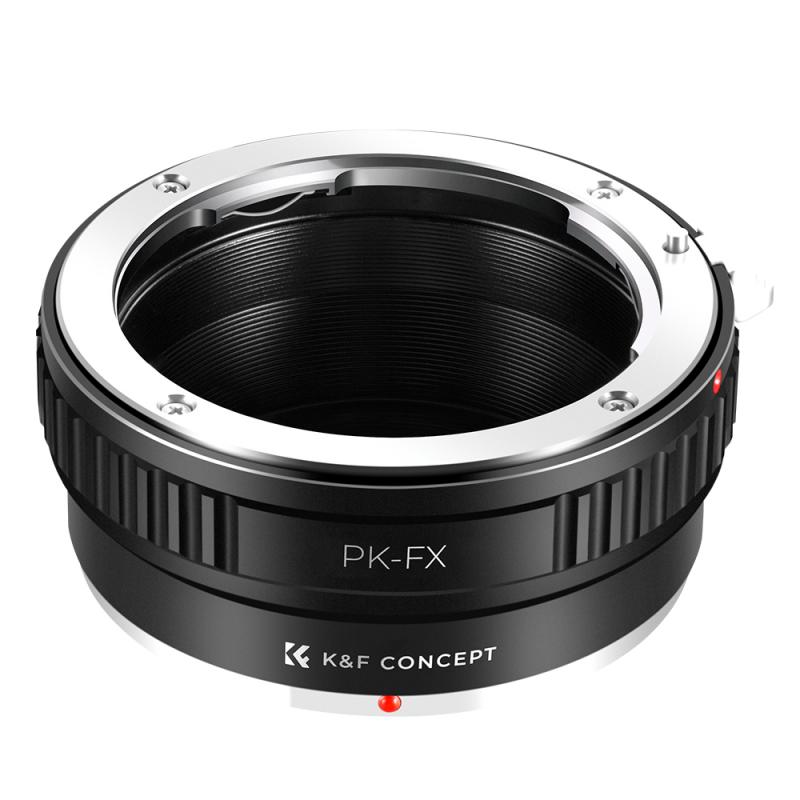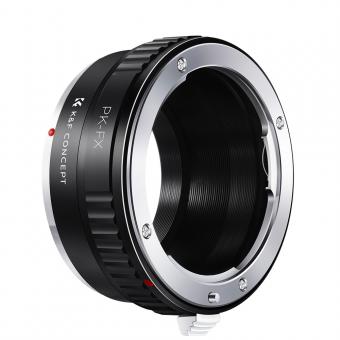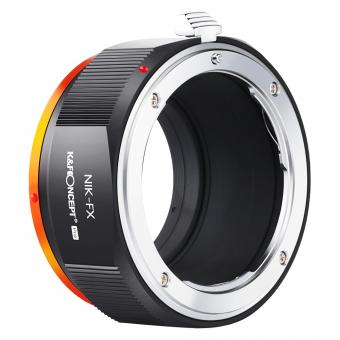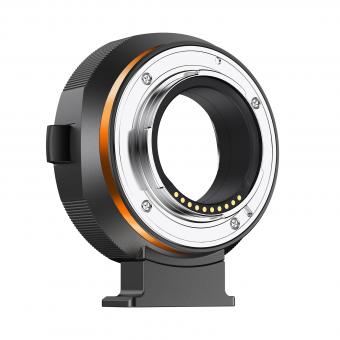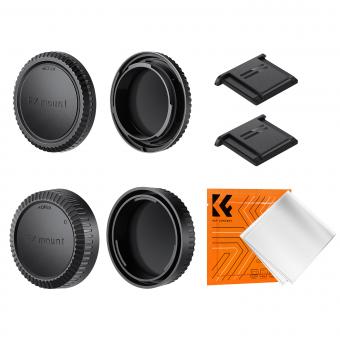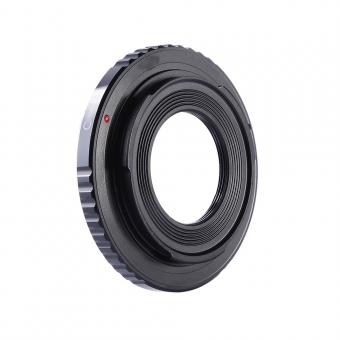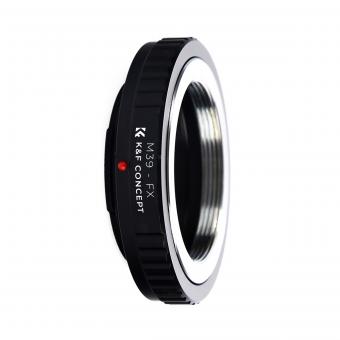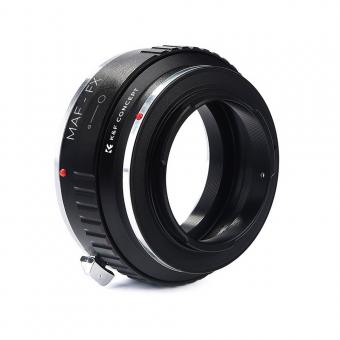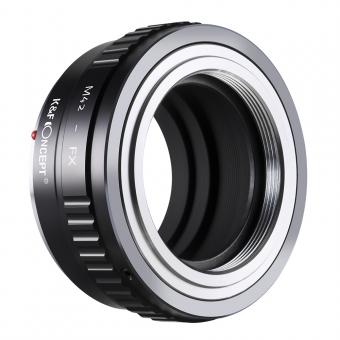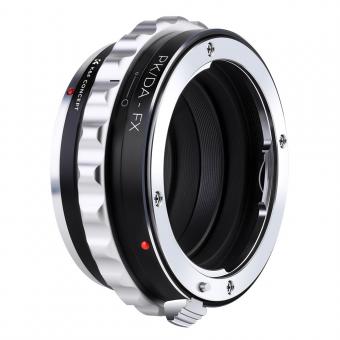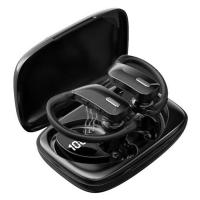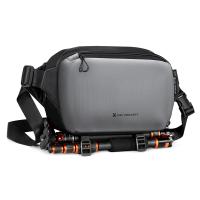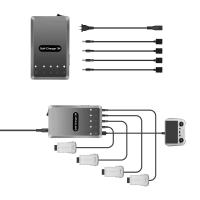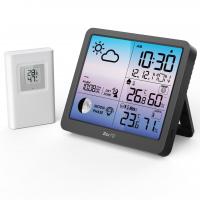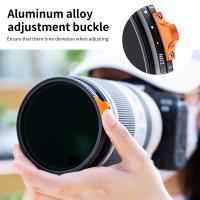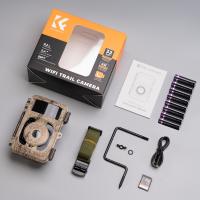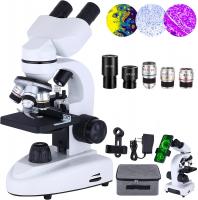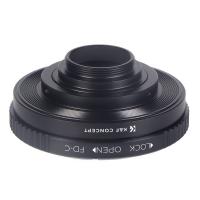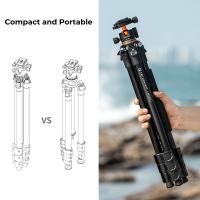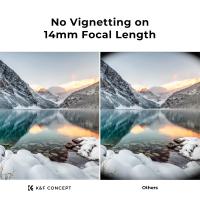Fuji Xe3 What Other Lens Mount ?
The Fujifilm X-E3 camera uses the Fujifilm X-mount lens system, which is a proprietary lens mount designed specifically for Fujifilm X-series cameras. However, with the use of a lens adapter, it is possible to mount lenses from other systems onto the X-E3 camera. Some popular lens adapters for the X-E3 include those for Canon EF, Nikon F, and Leica M lenses. It is important to note that when using an adapter, some features such as autofocus and image stabilization may not work as effectively as they would with native X-mount lenses. Additionally, the use of an adapter may affect the overall image quality and performance of the lens.
1、 Fujifilm X-mount compatibility
Fujifilm X-mount compatibility refers to the ability of lenses to be mounted on Fujifilm X-series cameras. The Fujifilm X-mount is a proprietary lens mount used by Fujifilm for its mirrorless cameras, including the popular Fujifilm X-E3.
The Fujifilm X-mount is compatible with a wide range of lenses, including Fujifilm's own XF and XC lenses, as well as third-party lenses from manufacturers such as Samyang, Zeiss, and Sigma. The X-mount has a flange distance of 17.7mm and a diameter of 44mm, which allows for a compact and lightweight design.
One of the advantages of the Fujifilm X-mount is its compatibility with older Fujifilm lenses. Fujifilm has a long history of producing high-quality lenses, and many of its older lenses can be used on X-series cameras with the help of an adapter.
The latest point of view on Fujifilm X-mount compatibility is that it continues to be a strong selling point for Fujifilm's mirrorless cameras. The X-mount's compatibility with a wide range of lenses, including older Fujifilm lenses, gives photographers a lot of flexibility when it comes to choosing lenses for their camera. Additionally, the compact and lightweight design of X-mount lenses makes them a great choice for photographers who value portability and ease of use.
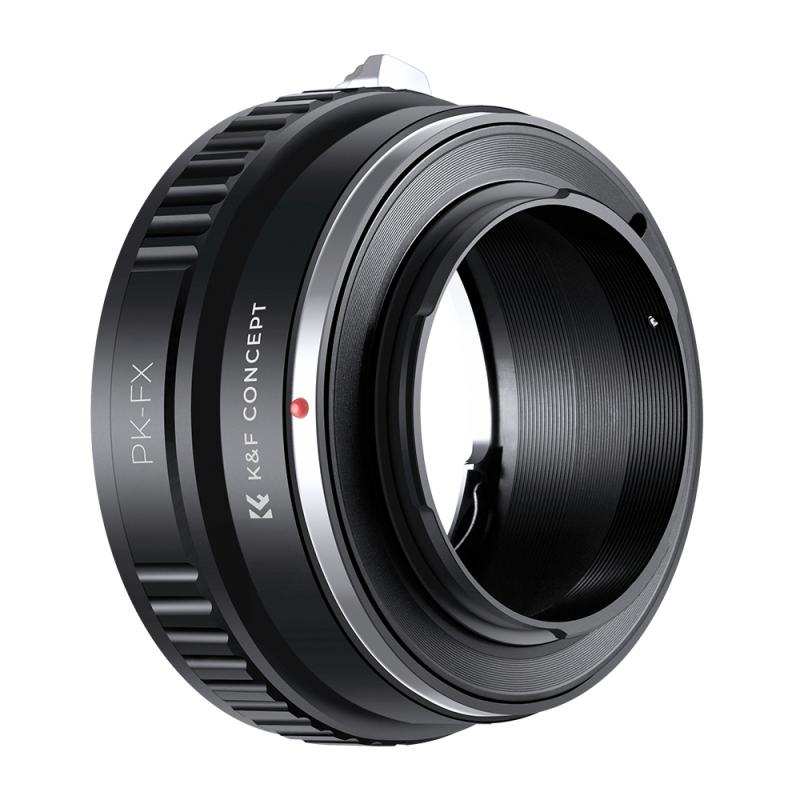
2、 Third-party lens options for Fujifilm X-mount
Third-party lens options for Fujifilm X-mount are plentiful and offer a range of choices for photographers looking to expand their lens collection. Some popular options include Sigma, Tamron, and Samyang/Rokinon.
Sigma offers a variety of lenses for Fujifilm X-mount, including their popular Art series lenses. These lenses are known for their sharpness and image quality, and are available in a range of focal lengths from wide-angle to telephoto.
Tamron also offers a selection of lenses for Fujifilm X-mount, including their popular 18-200mm zoom lens. This lens is a great all-in-one option for travel and everyday use.
Samyang/Rokinon is another third-party lens manufacturer that offers lenses for Fujifilm X-mount. Their lenses are known for their affordability and unique focal lengths, such as their 12mm f/2.0 wide-angle lens.
It's worth noting that Fujifilm's own lens lineup is also quite extensive, with options ranging from their compact "Fujicron" lenses to their high-end "Red Badge" lenses. However, third-party options can offer more affordable alternatives or unique focal lengths not available from Fujifilm.
Overall, there are plenty of third-party lens options for Fujifilm X-mount, and photographers should consider their specific needs and budget when choosing a lens. As of the latest point of view, the Fujifilm X-mount system continues to gain popularity among photographers, and third-party manufacturers are likely to continue offering new lens options in the future.
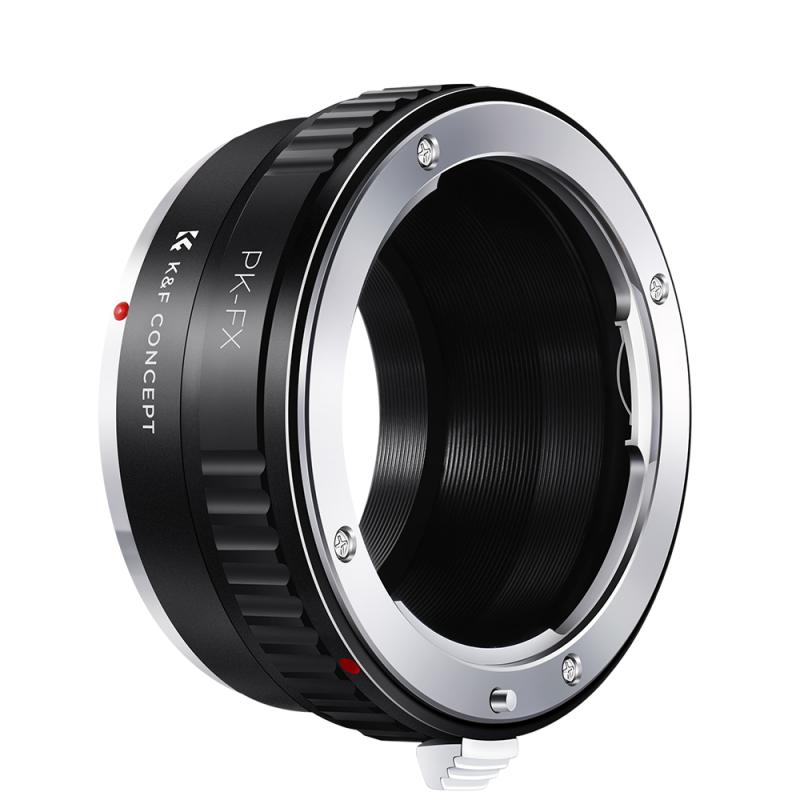
3、 Adapting lenses from other mounts to Fujifilm X-mount
Fuji XE3 uses the Fujifilm X-mount, which is a proprietary lens mount designed specifically for Fujifilm X-series cameras. However, it is possible to adapt lenses from other mounts to the Fujifilm X-mount using third-party adapters. This allows photographers to use a wide range of lenses from other manufacturers, including Canon, Nikon, Sony, and Leica, among others.
Adapting lenses from other mounts to Fujifilm X-mount can be a great way to expand your lens collection without having to invest in expensive Fujifilm lenses. However, it is important to note that not all lenses will work well with the adapter, and some may not work at all. Additionally, adapting lenses from other mounts may result in slower autofocus performance and reduced image quality.
The latest point of view is that adapting lenses from other mounts to Fujifilm X-mount can be a great way to experiment with different lenses and styles of photography. However, it is important to do your research and choose high-quality adapters that are specifically designed for your camera and lens combination. Additionally, it is important to keep in mind that adapting lenses from other mounts may not always result in optimal performance, and it may be worth investing in native Fujifilm lenses for the best results.
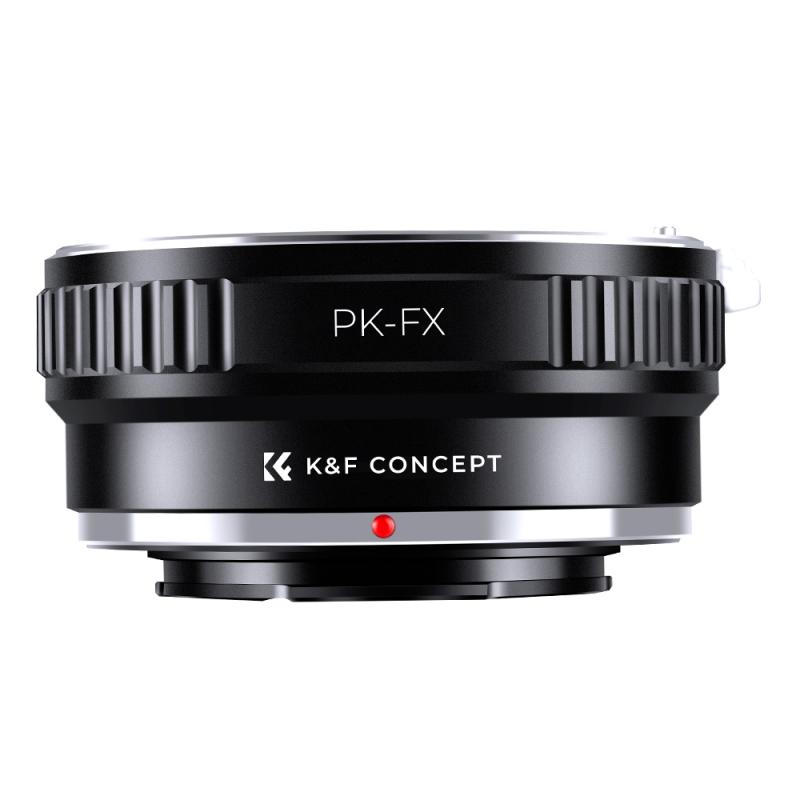
4、 Lens compatibility with Fujifilm X-E3 camera features
Fuji XE3 is a mirrorless camera that comes with a Fujifilm X-mount. This mount is compatible with a wide range of lenses, including Fujifilm's own XF and XC lenses. The XF lenses are high-end lenses that offer excellent image quality and are ideal for professional photographers. The XC lenses, on the other hand, are more affordable and are suitable for beginners or those on a budget.
Apart from Fujifilm's own lenses, the X-mount is also compatible with third-party lenses from brands such as Sigma, Tamron, and Zeiss. These lenses offer a variety of focal lengths and aperture ranges, allowing photographers to choose the lens that best suits their needs.
It is worth noting that not all lenses are fully compatible with the X-E3 camera features. For example, some older lenses may not have autofocus capabilities or may not be able to take advantage of the camera's advanced features such as face detection and eye autofocus. Therefore, it is important to check the compatibility of the lens before purchasing it.
In conclusion, the Fujifilm X-E3 camera features a versatile X-mount that is compatible with a wide range of lenses, including Fujifilm's own XF and XC lenses, as well as third-party lenses from other brands. However, it is important to ensure that the lens is fully compatible with the camera's features before making a purchase.
